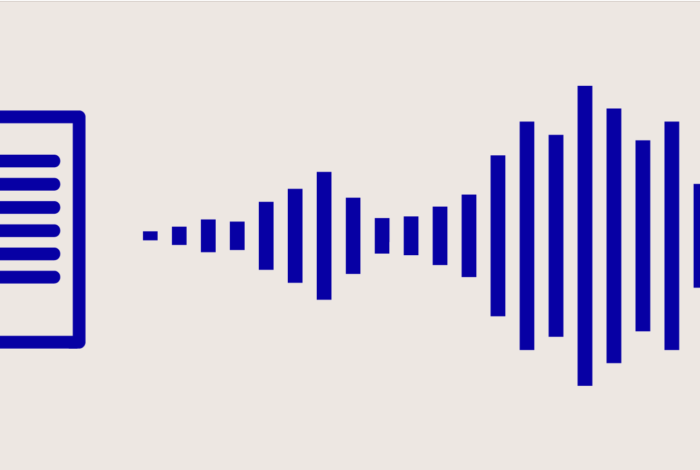Human communication is an intricate tapestry woven from various threads, and one of the most significant among them is vocal expression. The nuances, tones, and cadences of the human voice convey a vast spectrum of emotions, thoughts, and intentions. In this exploration of vocal expressions, we delve into the art and science behind this remarkable aspect of human interaction.
The Power of Vocal Expressions
Vocal expressions are the vocal cues and characteristics we use to convey emotions, intentions, and meaning when we speak or sing. They encompass not just the words we use, but also the pitch, tone, volume, pace, and rhythm of our speech. Vocal expressions play a pivotal role in conveying the emotional content of our message, often surpassing the importance of the words themselves.
- Emotion: Our voices are powerful instruments for conveying emotions. We can hear joy, anger, sadness, excitement, and many other feelings in the tone of someone’s voice. These vocal cues help others empathize and connect with us on a deep level.
- Intentions: Beyond emotions, our voices reveal our intentions. Are we asking a question, making a statement, or expressing doubt? Vocal expressions help clarify the meaning and purpose of our words.
- Trust and Credibility: The way we speak can also impact how others perceive our trustworthiness and credibility. A confident and clear vocal expression can enhance one’s persuasiveness.
- Cultural Significance: Vocal expressions can be deeply intertwined with culture. Different cultures may place varying importance on vocal cues like tone, rhythm, and volume. Understanding these nuances is crucial in cross-cultural communication.
The Science of Vocal Expressions
The science of vocal expressions is a multifaceted field that involves the study of acoustics, psychology, and linguistics. Researchers have delved into the mechanics of vocal production and the cognitive processes involved in understanding vocal cues. Here are some key aspects of this science:
- Acoustic Analysis: Acoustic studies involve analyzing the physical properties of vocal sounds, such as frequency, amplitude, and duration. These properties can provide insights into the emotional content of speech.
- Prosody: Prosody refers to the rhythm, melody, and intonation of speech. It plays a crucial role in conveying emotions and intentions. For example, a rising intonation at the end of a sentence often indicates a question.
- Emotion Recognition: Research in psychology has explored how humans recognize and interpret emotions through vocal expressions. It involves understanding the underlying cognitive processes that enable us to perceive and respond to emotional cues in speech.
- Cross-Cultural Differences: Linguists and anthropologists have investigated how vocal expressions differ across cultures and how these differences impact communication and social interactions.
Vocal Expressions in Everyday Life
Vocal expressions are an integral part of our daily interactions, influencing how we connect with others and interpret the world around us. Here are some examples of their role in everyday life:
- Conversational Dynamics: In a conversation, vocal expressions guide the flow and mood of the interaction. For example, a soothing tone can calm a tense situation, while an enthusiastic voice can energize a group.
- Voice in Music: Music relies heavily on vocal expressions. Singers use their voices to convey the emotional content of lyrics, creating powerful connections with listeners.
- Telephone and Virtual Communication: In remote communication, where body language and facial expressions are absent, vocal cues take on heightened importance. People often rely on tone and inflection to gauge the emotions of the person they are speaking with.
- Public Speaking and Presentations: Public speakers use vocal expressions to engage their audience. They modulate their voices to emphasize key points, create suspense, and elicit emotional responses.
Challenges in Understanding Vocal Expressions
While vocal expressions are rich sources of information, there are challenges in accurately interpreting them:
- Subjectivity: The interpretation of vocal expressions is subjective and can vary among individuals. What one person perceives as excitement, another might interpret as anxiety.
- Cultural Variations: Cultural differences can significantly influence the interpretation of vocal cues. What is considered polite or assertive in one culture may be seen differently in another.
- Context: The context in which vocal expressions occur is vital for accurate interpretation. A raised voice may indicate anger in one context and excitement in another.
- Individual Variation: Each person’s vocal patterns are unique. What is typical for one individual may not be the same for another, making it important to consider the baseline of someone’s speech.
Future Trends in Vocal Expressions
The study and application of vocal expressions are continuously evolving. Here are some future trends in this field:
- Technology: Advances in speech recognition and natural language processing are enabling the development of AI systems that can analyze vocal expressions in real-time. These technologies have applications in mental health monitoring, customer service, and even lie detection.
- Emotion AI: Emotion recognition software is becoming more sophisticated, allowing machines to understand and respond to human emotions expressed through vocal cues. This technology has applications in healthcare, marketing, and education.
- Cross-Cultural Communication: With the world becoming more interconnected, there is a growing need to understand and bridge the gap in cross-cultural communication. Research in this area will become increasingly important.
- Personalized Feedback: Vocal expression analysis can provide individuals with feedback on their communication skills, helping them become more effective and empathetic communicators.
Contact service https://texttosound.com/about-
Conclusion
Vocal expressions are a fascinating and essential aspect of human communication. They add depth and richness to our interactions, helping us convey emotions, intentions, and meaning. The science behind vocal expressions continues to evolve, providing insights into how we perceive and respond to the voices of others. As technology and research advance, we can expect exciting developments in the understanding and application of vocal expressions in various fields, from mental health to cross-cultural communication and beyond.
